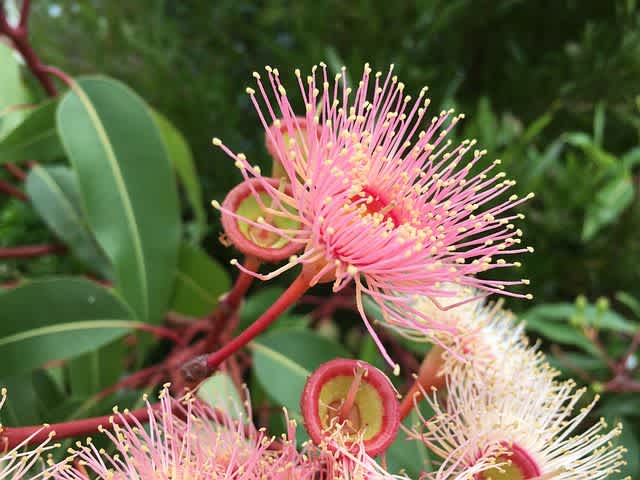
Inspiring Biodiversity Conservation
Customised field guides that encourage readers to discover and protect local biodiversity
There are close to one thousand native plants, animals, algae and fungi facing extinction in New South Wales. Habitat loss caused by over-clearing and climate change is pushing native ecosystems towards collapse. Responsible conservation is key to their survival.
As our lives become less connected to the natural world, we are less aware of how complex and vulnerable it is. To help restore this connection, Parallel Lines and design researcher Dr Thomas Lee have designed a system for generating custom biodiversity field guides.
A personal guide
The content for each field guide is customised to a location chosen by the reader. This could be a place with personal significance such as a primary school, a retirement village, a bush regeneration site, a walking trail or a picnic spot. This customisation allows readers to form a more meaningful attachment to their field guide and to the plants and animals they encounter in that place.
From database to pocket
The system we designed draws on existing photographs, written descriptions and geographic range data of species found in the local area. This information is taken from a number of open-access sources such as NSW BioNet, the Atlas of Living Australia, Wikipedia and Flickr.
Graphic templates that describe layouts, typefaces, colours and other graphic elements allow the system to arrange the content into its final form. For printed field guides, readers download a PDF that can be printed and bound by a local print shop. Digital field guides can be viewed as a website or saved as a PDF.
Limitless possibilities
Graphic templates can also be designed to transform this content into any number of other design outcomes: apps, wall calendars, children’s picture books, digital photo albums, colouring books and more. Furthermore, the system could be adapted to draw content from different sources to create design outcomes focused on biodiversity in other parts of the world.
Championing conservation
These field guides reveal the unique qualities of local plants and animals. They encourage young naturalists to explore. They invite visitors to discover the land’s natural rhythms. Together, they are a rich guide to the complex and delicate natural systems that surround the reader. By inspiring a love of nature they awaken the sense of responsibility that is essential for protecting these special places.